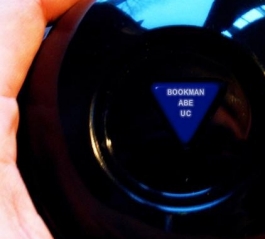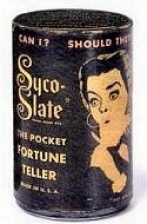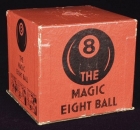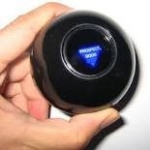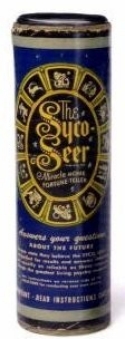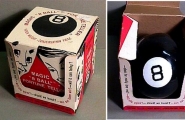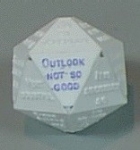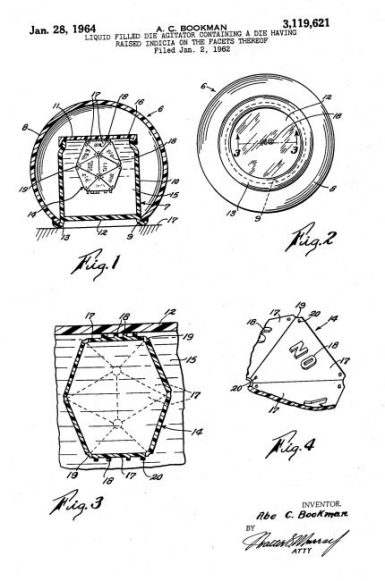by Deborah Rieselman
Abe Bookman (1898-1993) invented the Magic 8 Ball, a fortune-telling toy currently manufactured by Mattel.
Bookman was originally Abe Buchmann, a first-generation American born of Russian Jewish immigrants who came to the United States around 1895. He briefly attended UC's McMicken College of Liberal Arts (through 1917), but needed to quit to care for his mother and siblings when his father died. Later he returned to the Ohio Mechanics Institute (OMI), which later merged with UC, to earn a degree in 1921. Around 1955, he Anglicized his surname from Buchmann to Bookman.
During World War II, a man named Alfred Carter in Cincinnati had created a tube-like fortune-telling toy based upon a "spirit writing" device used by his mother, a successful clairvoyant and medium named Mary. Max Levinson, a local store owner, wanted to stock the toy and also to produce it for wider distribution. To accomplish the latter, he looked to his brother-in-law, OMI grad Bookman, for advice.

 Past Issues
Past Issues